Picture this: you’re walking through a museum, staring at ancient cave paintings and weathered artifacts, when a thought hits you like lightning. These weren’t just people who hunted mammoths and discovered fire. They were complex human beings with desires, relationships, and identities that might challenge everything we think we know about sexuality and gender throughout history. The more archaeologists dig into the past, the more they’re uncovering evidence that suggests our ancestors lived far more diverse lives than traditional narratives have led us to believe.
Breaking the Heteronormative Archaeological Lens
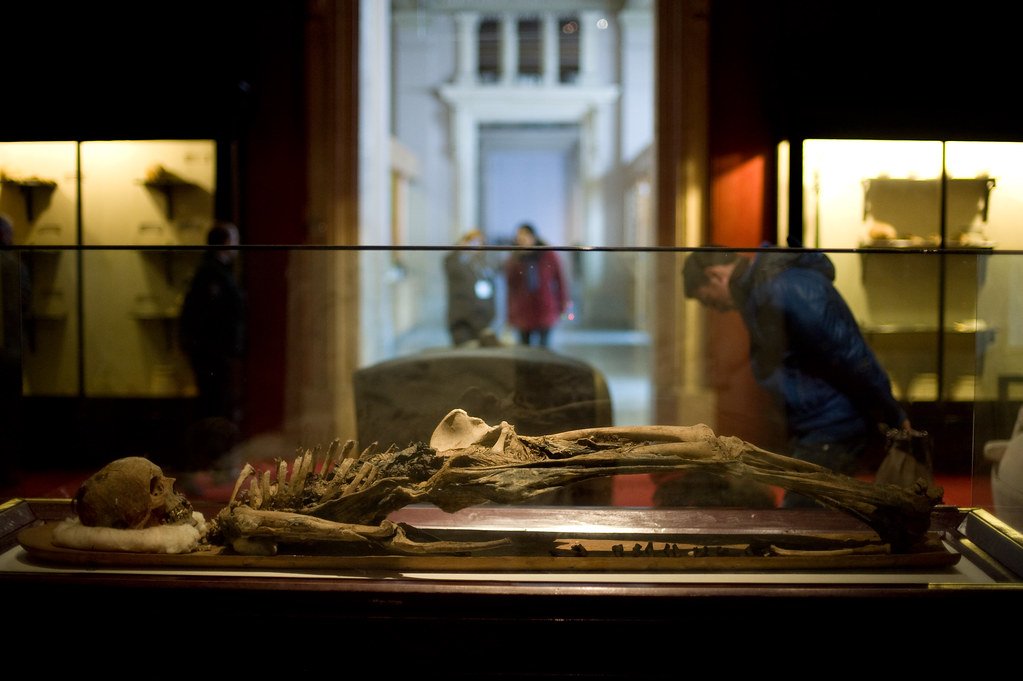
For decades, archaeologists approached ancient sites with modern assumptions about gender and sexuality baked right into their interpretations. When they found two skeletons buried together, they automatically assumed it was a husband and wife. When they discovered tools or jewelry, they immediately categorized them as “male” or “female” without considering other possibilities. This lens has shaped how we understand ancient civilizations, but recent scholarship is flipping the script entirely. Researchers are now questioning these automatic assumptions and looking at evidence with fresh eyes. The results are absolutely fascinating and suggest that gender fluidity and diverse sexual orientations might have been far more common than we ever imagined.
The Venus Figurines Tell a Different Story
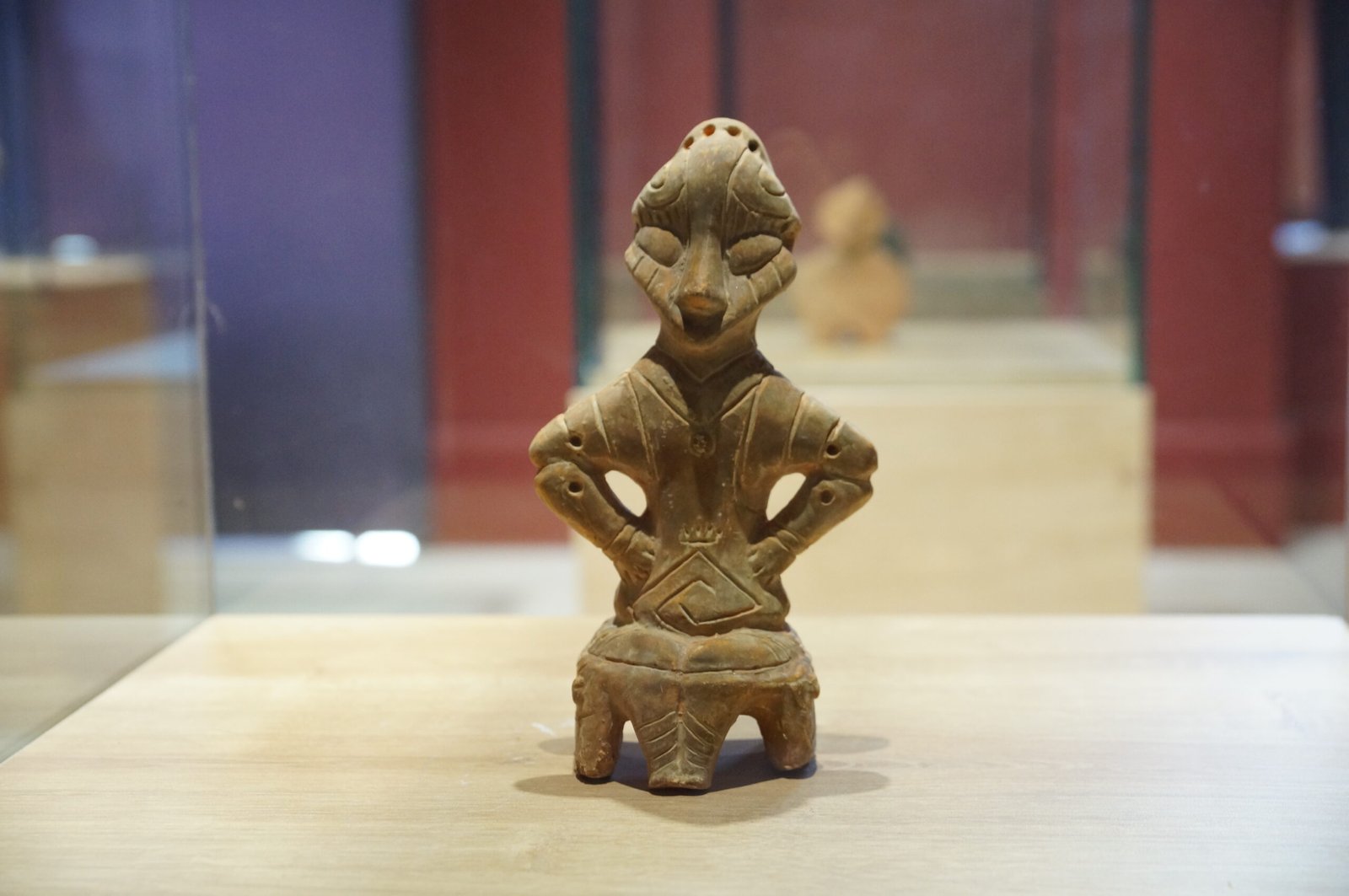
Those famous Venus figurines scattered across Europe from 28,000 years ago aren’t just about fertility goddesses, as traditionally believed. Some archaeologists now suggest these small sculptures might represent a much broader spectrum of gender expression and body diversity. The exaggerated features could indicate reverence for different body types and gender presentations that don’t fit neatly into binary categories. Recent analysis of these figurines shows variations that suggest ancient artists were depicting real people from their communities, not idealized fertility symbols. This challenges the assumption that prehistoric societies only valued traditional feminine roles. The sheer number and variety of these figurines across different cultures hints at complex understandings of gender that we’re only beginning to appreciate.
Third Gender Warriors in Ancient Burials

Archaeological sites across the world have revealed burials that completely defy traditional gender expectations, and the implications are mind-blowing. In Siberia, researchers found graves containing individuals buried with both traditionally “male” weapons and “female” jewelry, suggesting they held special roles that transcended binary gender categories. Similar discoveries in North America show individuals interred with mixed grave goods that indicate they might have been what many Indigenous cultures call “Two-Spirit” people. These weren’t anomalies or mistakes in burial practices – they appear to represent respected members of society who embodied both masculine and feminine qualities. The care taken in these burials suggests these individuals held important spiritual or social positions in their communities.
Same-Sex Partnerships in the Archaeological Record
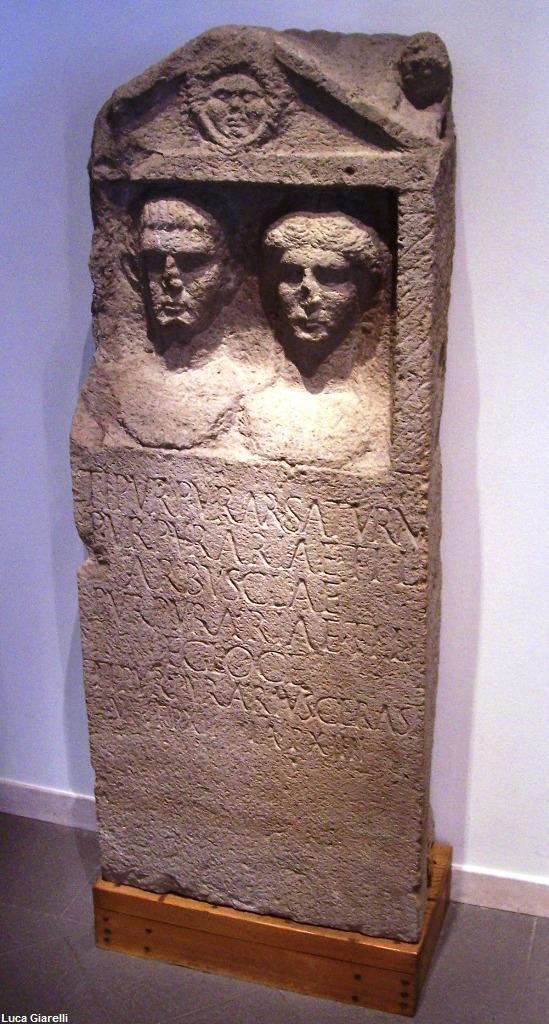
While proving romantic relationships from bones and artifacts is tricky, some archaeological evidence strongly suggests same-sex partnerships existed in ancient times. The famous “Lovers of Modena” burial in Italy shows two men interred hand-in-hand, buried with equal care and respect that typically indicated a significant relationship. DNA analysis confirmed both were male, challenging earlier assumptions about the nature of their bond. Similar discoveries across different cultures and time periods suggest these weren’t isolated cases but part of broader patterns of human diversity. The fact that these couples received proper burials indicates their relationships were accepted, if not celebrated, by their communities.
Gender-Bending Deities Across Ancient Cultures

Ancient mythologies and religious artifacts reveal civilizations that worshipped deities who changed gender, embodied both sexes, or existed outside traditional gender categories altogether. The Mesopotamian goddess Inanna/Ishtar was associated with gender transformation and had priests who adopted feminine dress and behavior. Hindu traditions include Ardhanarishvara, a deity that is half-male and half-female, representing the unity of opposites. Norse mythology features Loki, who shapeshifted between genders and even gave birth. These weren’t just creative storytelling – they reflected real cultural attitudes about gender fluidity and sexual diversity that were considered normal, even sacred.
Ancient Art Depicting Diverse Sexuality

From Roman frescoes to ancient Greek pottery, artistic evidence shows that diverse sexual practices and relationships were depicted openly in many ancient cultures. The walls of Pompeii contain numerous examples of same-sex relationships portrayed alongside heterosexual ones, suggesting these were part of normal social life. Ancient Greek symposium cups often featured scenes of male-male relationships that were considered educational and spiritually significant. Egyptian tomb paintings occasionally show intimate scenes between individuals of the same gender, treated with the same artistic respect as any other relationship. This artistic evidence suggests that what we might consider “alternative” sexualities were actually quite mainstream in many ancient societies.
The Hijra Tradition and Ancient India

Archaeological evidence from ancient India reveals a long tradition of individuals who didn’t fit into binary gender categories, supporting the modern Hijra community’s claims to ancient roots. Temple sculptures and ancient texts describe people who were neither fully male nor female, often holding sacred roles in society. These individuals were believed to possess special spiritual powers and were integral parts of religious ceremonies and social functions. Archaeological sites have uncovered burial practices and living quarters that suggest these third-gender individuals had established places in ancient Indian society. The continuity of this tradition into modern times provides a living link to how ancient cultures understood gender diversity.
Scythian Warrior Women Who Challenged Norms
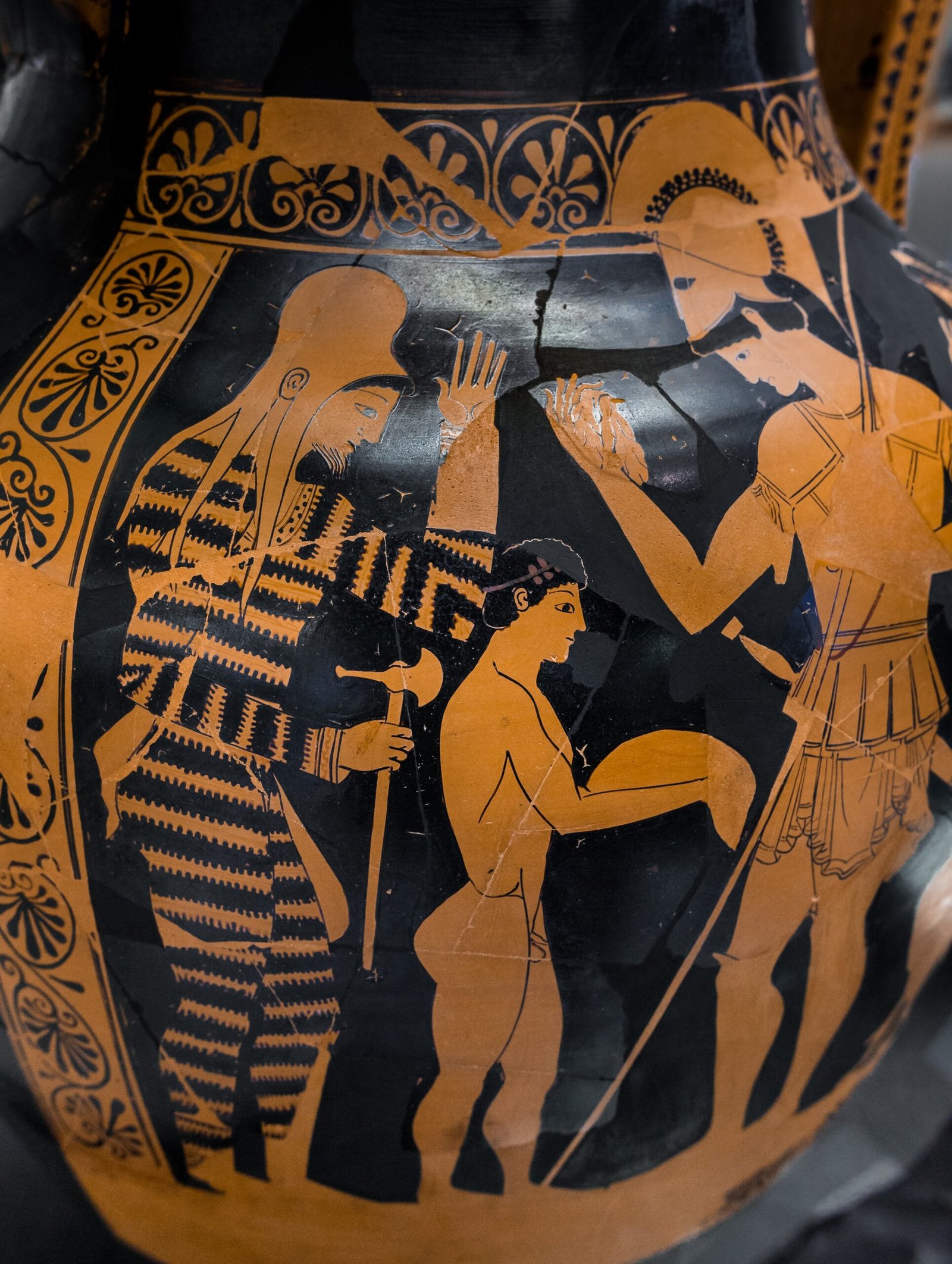
The discovery of Scythian warrior women buried with full military honors has revolutionized our understanding of gender roles in ancient nomadic societies. These weren’t just isolated examples – up to 30% of Scythian warrior burials contain women equipped with bows, arrows, and battle gear. Some of these women show evidence of battle injuries, proving they actively participated in warfare rather than just being symbolically buried with weapons. The Scythians seemed to have much more fluid concepts of gender roles than many other ancient civilizations. Recent DNA analysis has even revealed some individuals buried as warriors who had chromosomal variations that don’t fit typical male or female patterns.
Roman Attitudes Toward Sexual Fluidity
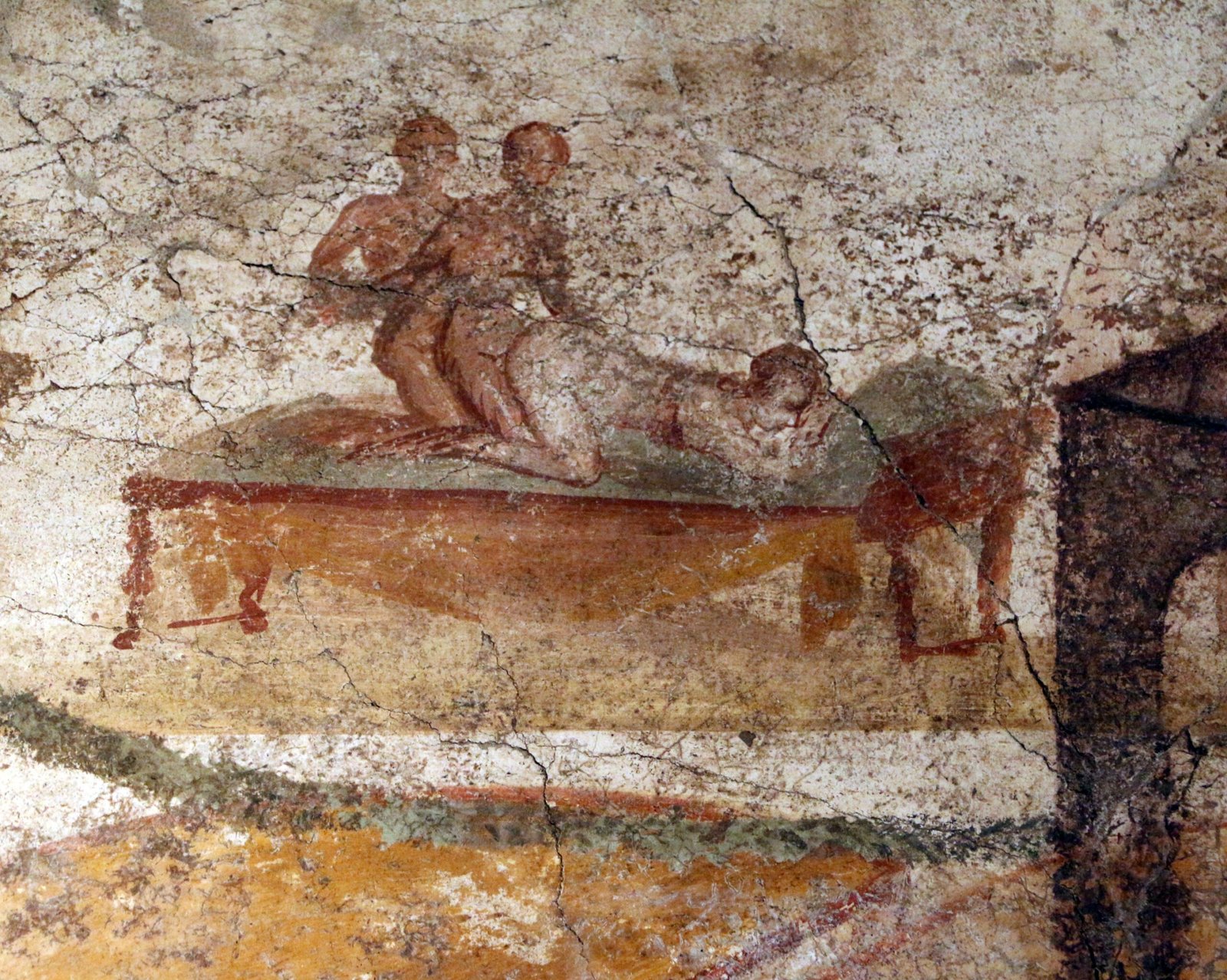
Roman society had surprisingly complex attitudes toward sexuality that differed dramatically from modern Western concepts of sexual orientation. Archaeological evidence from Pompeii, Roman baths, and villa decorations shows that sexual relationships were often understood in terms of social status and role rather than gender preference. Romans were more concerned with who was the active versus passive partner than whether relationships were same-sex or different-sex. Archaeological finds include everything from sexually explicit lamps to graffiti that reveals the casual nature of diverse sexual relationships. This evidence suggests that rigid sexual categories might be more of a modern invention than an ancient norm.
Celtic Druids and Gender Transformation
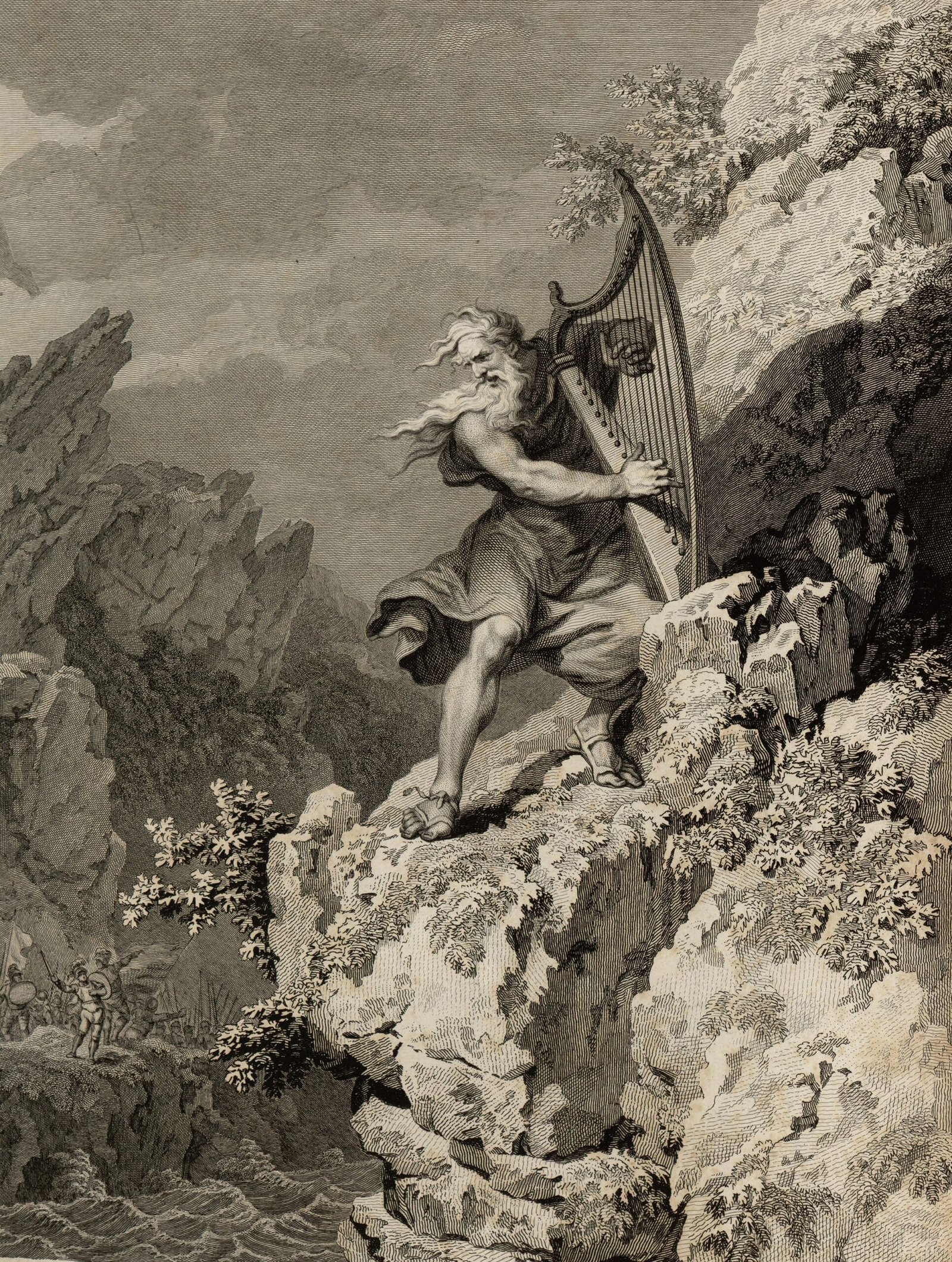
Archaeological evidence from Celtic sites reveals a culture where druids and spiritual leaders sometimes engaged in gender transformation as part of their religious practices. Burial sites show individuals interred with mixed gender markers who likely held special spiritual positions in their communities. Ancient Irish and Welsh texts describe druids who could shapeshift between genders, and archaeological finds support the idea that this wasn’t just mythology. Ceremonial objects found at Celtic sites include items associated with gender transformation rituals. The fact that these individuals received elaborate burials suggests their gender fluidity was seen as a source of spiritual power rather than social deviance.
DNA Evidence Challenges Traditional Assumptions
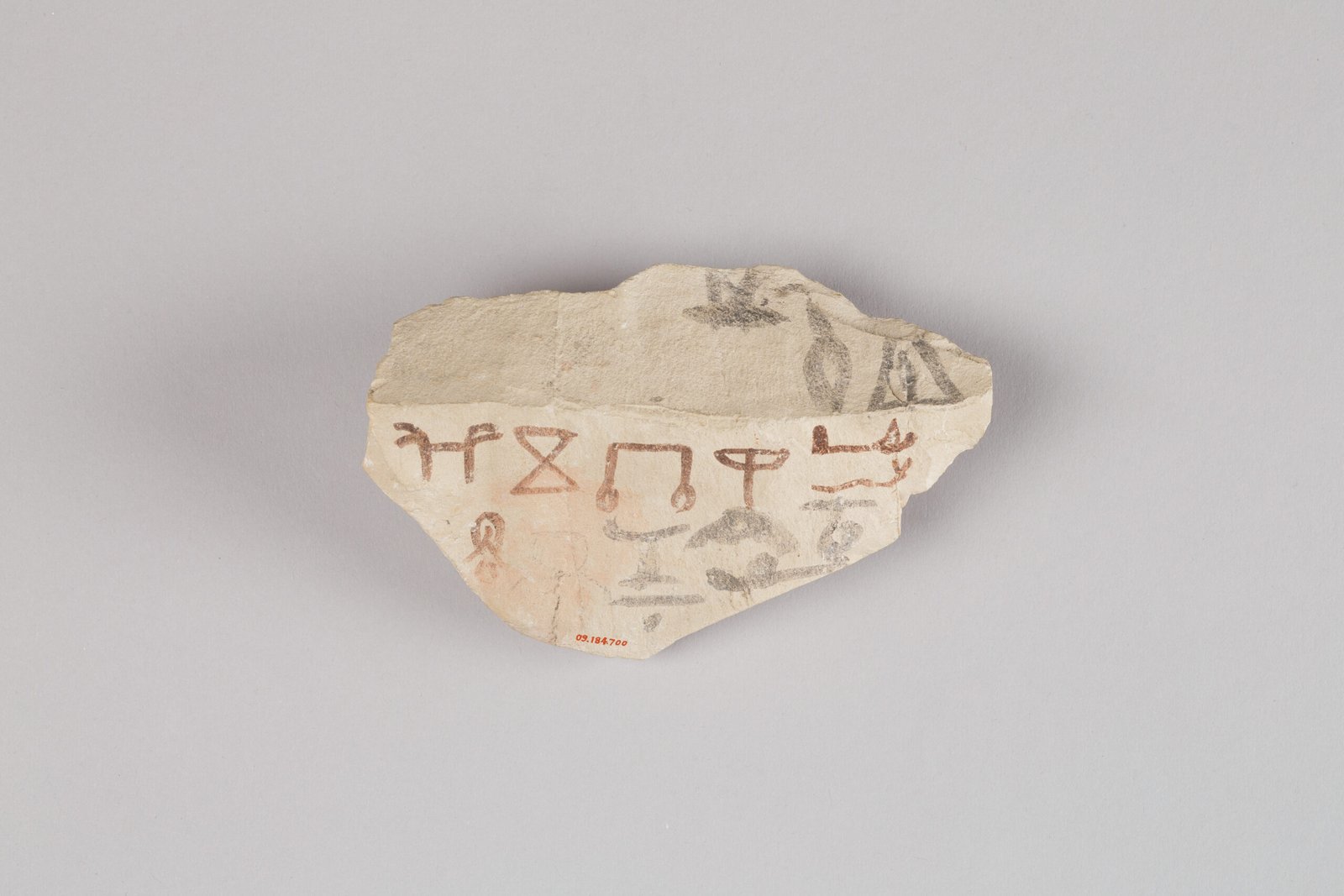
Modern DNA analysis is revealing that some ancient individuals who were buried according to one gender actually had chromosomal patterns that don’t match traditional expectations. These discoveries are forcing archaeologists to reconsider assumptions about how ancient peoples understood biological sex and gender identity. Some individuals show intersex characteristics that might have placed them in special social categories in their cultures. The technology is also revealing that some couples buried together were same-sex partnerships, challenging heteronormative interpretations of archaeological sites. This scientific evidence is providing concrete proof that human sexual and gender diversity has ancient roots.
Cross-Cultural Patterns of Gender Diversity
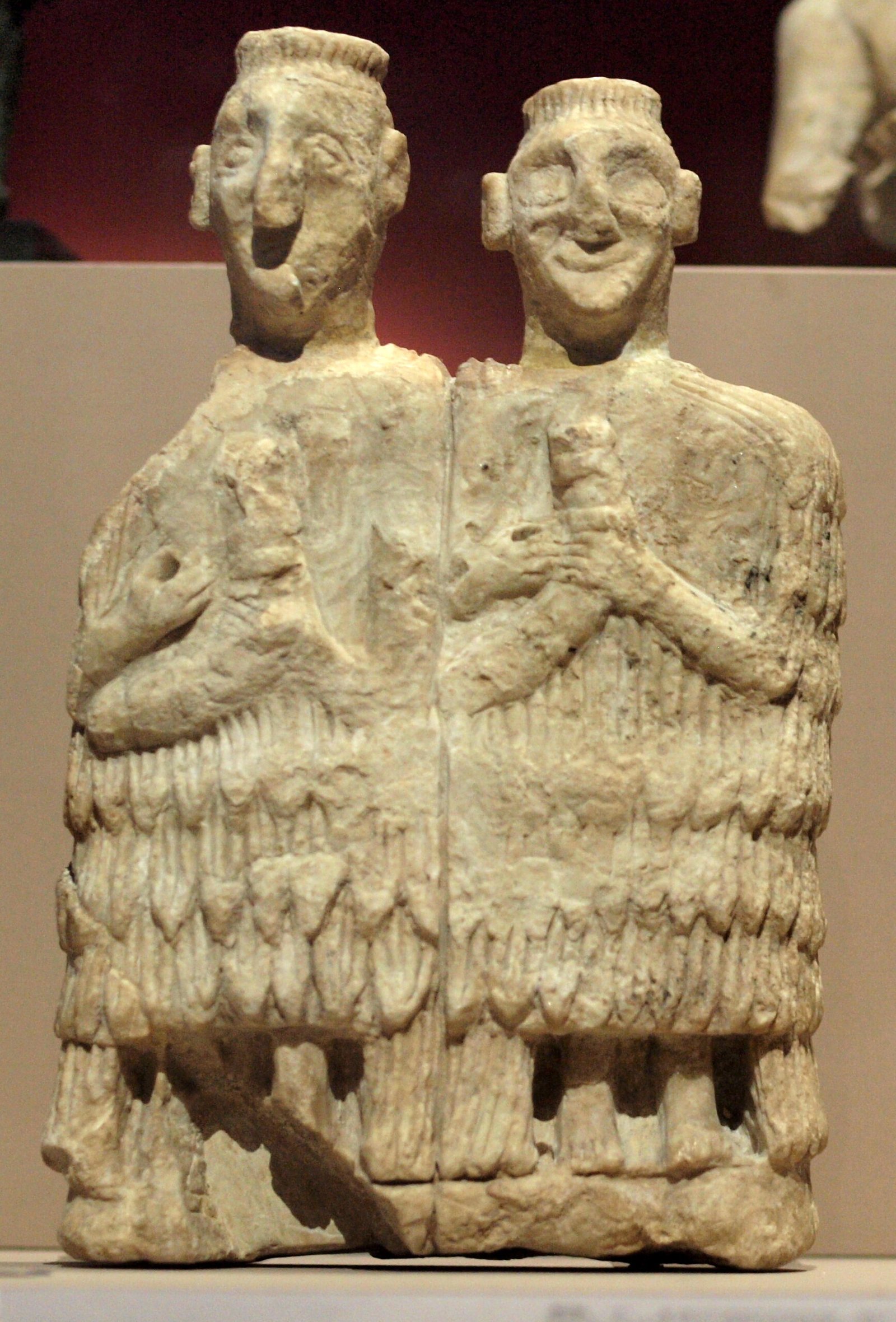
One of the most striking discoveries is how similar patterns of gender diversity appear across completely separate ancient cultures worldwide. From the Americas to Asia to Europe, archaeological evidence shows that many societies had roles for people who didn’t fit into binary gender categories. This suggests that recognizing gender diversity might be a fundamental human trait rather than a modern invention. The consistency of these patterns across different time periods and geographical locations is remarkable. It challenges the idea that strict gender binaries are “natural” or universal human experiences.
Ancient Egyptian Gender Fluidity

Egyptian tomb paintings and papyri reveal attitudes toward gender and sexuality that were surprisingly fluid, especially among the elite classes. Some pharaohs are depicted with traditionally feminine attributes, while some queens are shown with masculine symbols of power. Archaeological evidence suggests that gender presentation in ancient Egypt was often tied to divine authority rather than biological sex. The god Hapi, who controlled the Nile floods, was depicted as having both male and female characteristics. Recent analysis of mummy remains has even identified individuals who may have lived as a different gender than their biological sex, based on burial practices and clothing.
Native American Two-Spirit Archaeological Evidence

Archaeological sites across North America have revealed burial practices that support Indigenous oral traditions about Two-Spirit people who held special places in their communities. These individuals were often buried with items from both traditional male and female spheres, suggesting they moved freely between gender roles. Some sites show Two-Spirit individuals buried in positions of honor, indicating their high status in their societies. The archaeological record supports the idea that many Native American cultures saw gender as existing on a spectrum rather than in rigid categories. This evidence provides concrete support for Indigenous peoples’ claims that gender diversity has deep historical roots in their cultures.
Medieval European Gender Nonconformity
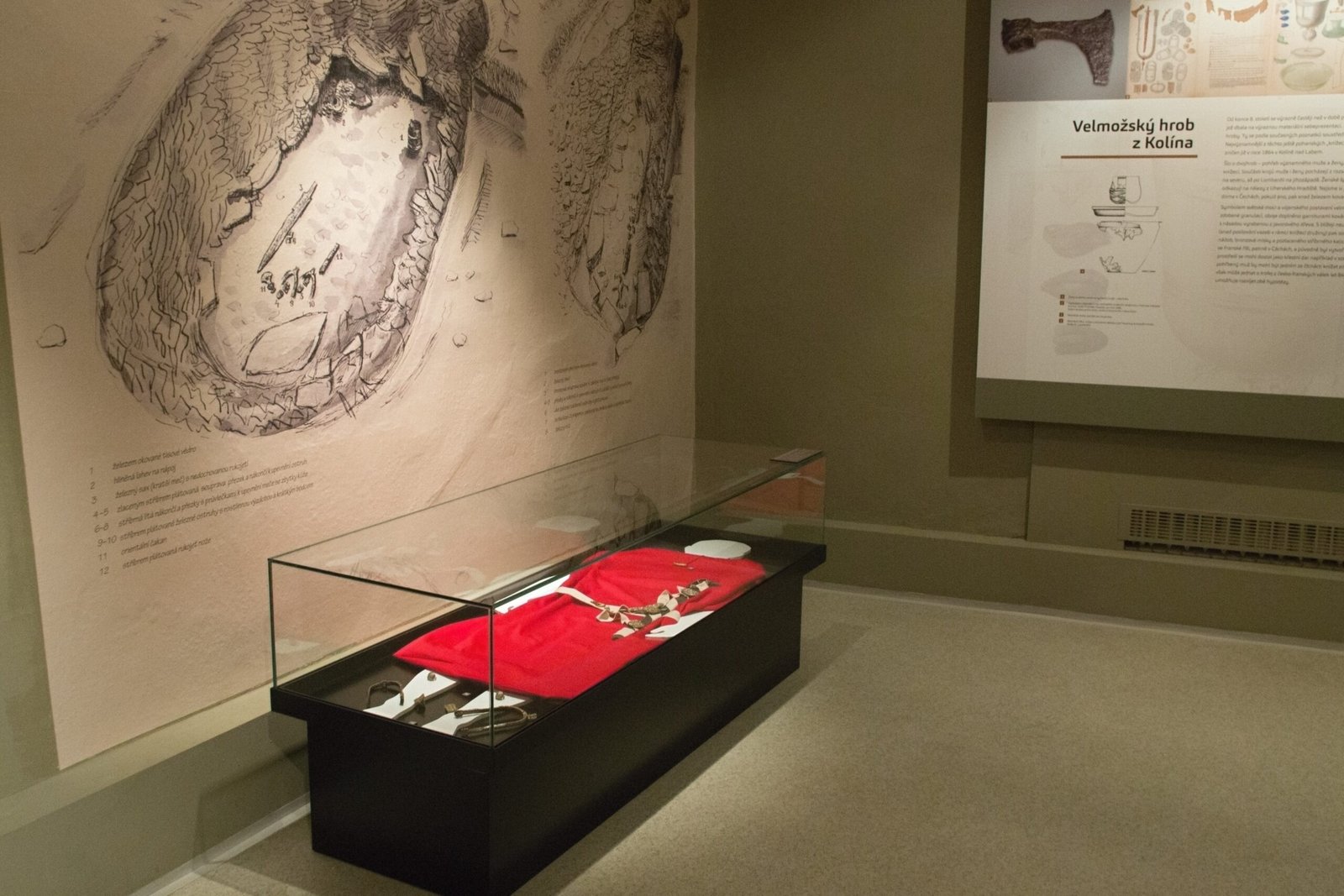
Even in medieval Europe, archaeological evidence suggests that gender nonconformity existed despite official religious disapproval. Some monastery burials show individuals who lived as monks but were biologically female, suggesting they might have been trans men finding ways to live according to their gender identity. Archaeological sites have revealed medieval clothing and personal items that don’t match expected gender norms of the time. Legal documents from the period sometimes reference individuals who changed their gender presentation, showing this wasn’t completely unknown. The fact that these people were often buried in consecrated ground suggests that local communities sometimes accepted gender nonconformity even when official doctrine opposed it.
Ancient Mesopotamian Temple Practices

Archaeological discoveries at ancient Mesopotamian temples reveal religious practices that involved gender transformation and same-sex relationships as sacred acts. Temple records describe priests and priestesses who changed their gender presentation as part of their religious duties. Some individuals served deities through practices that would today be recognized as expressing diverse sexual orientations and gender identities. Archaeological evidence includes ceremonial clothing and objects designed for gender transformation rituals. These weren’t secret or shameful practices – they were integral parts of major religious traditions that were central to ancient Mesopotamian society.
The Impact of Colonial Interpretations

Much of what we “know” about ancient sexuality and gender comes through the lens of Victorian and colonial-era archaeologists who imposed their own cultural biases on ancient evidence. These early researchers often ignored or reinterpreted evidence that didn’t fit their assumptions about “proper” gender roles and sexuality. Modern archaeologists are now going back through old excavation reports and finding evidence of diversity that was previously dismissed or explained away. This reexamination is revealing that many ancient cultures were far more accepting of sexual and gender diversity than colonial-era scholars wanted to admit. The process of decolonizing archaeology is uncovering truths about human diversity that were hidden for centuries.
Modern Techniques Revealing Ancient Truths

Advanced archaeological techniques like isotope analysis, DNA sequencing, and detailed skeletal analysis are providing new insights into ancient gender and sexuality. These methods can reveal information about individuals’ lives that traditional archaeology missed, including their biological sex, their lived gender presentation, and sometimes even their relationships. Computer modeling is helping archaeologists visualize how ancient people might have moved and dressed, revealing gender presentations that don’t match assumptions. 3D scanning of ancient art and artifacts is uncovering details that previous generations of archaeologists couldn’t see. These technological advances are literally rewriting the history of human sexuality and gender diversity.
What This Means for Understanding Human Nature

The archaeological evidence for diverse sexuality and gender identity in ancient cultures suggests that what we often consider “modern” phenomena might actually be fundamental aspects of human nature that have existed throughout history. This has profound implications for contemporary debates about LGBTQ+ rights and acceptance. If gender diversity and non-heterosexual relationships were normal parts of many ancient societies, then arguments that these are “unnatural” or “modern inventions” lose their foundation. The evidence suggests that rigid gender binaries and heteronormativity might be more recent cultural inventions than ancient truths. This archaeological perspective offers a much longer and more diverse view of human sexual and gender expression than most people realize.
The ancient world was far queerer than most of us ever imagined. From gender-fluid deities to same-sex couples buried hand in hand, from warrior women to third-gender spiritual leaders, archaeological evidence reveals that human diversity has deep historical roots. These discoveries aren’t just academic curiosities – they’re reshaping our understanding of what it means to be human. The next time you visit a museum or read about ancient civilizations, remember that behind those artifacts were real people living complex lives that might have been far more familiar to modern LGBTQ+ individuals than we ever expected. What other assumptions about the past might crumble as we continue digging?




